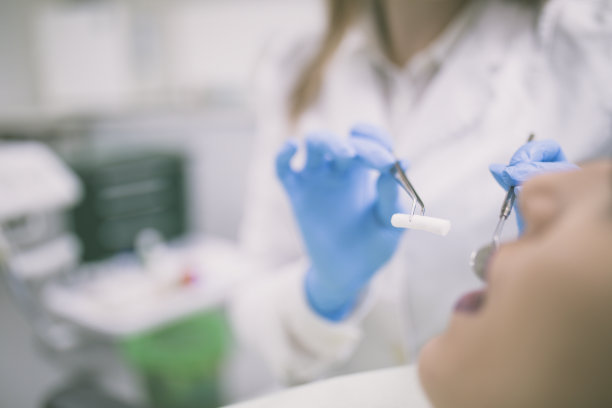The Essential Guide to Preparing for and Recovering from Tooth Extraction Procedures
Summary: Tooth extraction can be an intimidating procedure for many patients, but with proper preparation and recovery strategies, the experience can be much smoother. This comprehensive guide covers essential steps to take before and after a tooth extraction, including how to prepare mentally and physically, understanding the procedure itself, ensuring proper aftercare, and recognizing signs of complications. Each section is designed to provide a clear understanding of the process and empower patients to take control of their dental health. Whether it’s your first extraction or you’ve been through the process before, this guide aims to enhance your comfort and confidence.
1. Preparing Mentally and Physically for the Procedure

The first step in preparing for a tooth extraction is addressing any anxieties or fears regarding the procedure. Many patients feel apprehensive, so it’s crucial to discuss these feelings with your dentist. Understanding the reasons for the extraction and what to expect can alleviate some of that stress.
Physically, preparation includes following your dentist’s pre-operative instructions. This may involve refraining from eating or drinking for a period before the procedure, especially if sedation is involved. Additionally, arranging for someone to accompany you is vital, as you may feel groggy post-extraction.
Consider gathering information about what will happen during the extraction and how long the recovery may take. Knowing what to expect can help lessen pre-operative anxiety and allow you to focus on your overall well-being.
2. Understanding the Tooth Extraction Procedure
Tooth extractions can vary in complexity, from simple extractions to surgical removals. Simple extractions occur when the tooth is visible above the gum line, while surgical extractions may be necessary for teeth that are impacted or broken below the surface.
During the procedure, your dentist will administer anesthesia to ensure that you’re comfortable and pain-free. While you may feel pressure or pulling, you shouldn’t experience pain. The extraction typically takes only a few minutes, but you may need some time for the anesthesia to wear off afterward.
It’s important to follow post-extraction instructions carefully. This includes managing any pain with prescribed medications and icing the area to reduce swelling. Understanding the extraction process helps demystify it, reinforcing that it is a standard procedure often performed for a variety of reasons.
3. Ensuring Proper Aftercare After Extraction
After the extraction, proper care is crucial to promote healing and prevent complications. One of the most important aftercare steps is to keep the extraction site clean. Although it’s essential to avoid brushing the area directly, rinsing your mouth with warm salt water after 24 hours can help disinfect the site.
Monitoring your diet is equally important during recovery. Stick to soft, easy-to-chew foods, avoiding anything too hot, cold, or spicy that might irritate the extraction site. Staying hydrated and maintaining a balanced diet will support recovery and overall health.
Lastly, keeping an eye on your recovery is essential. Watch for signs of infection or complications, such as excessive swelling, prolonged bleeding, or discharge. If you notice any concerning symptoms, contact your dentist immediately for advice.
4. Recognizing Complications and When to Contact a Dentist
Even with careful preparation and aftercare, complications can arise following a tooth extraction. One common issue is dry socket, where the blood clot that forms at the extraction site becomes dislodged or dissolves. This can lead to pain and delayed healing and should be addressed by your dentist.
Other signs of complications may include fever, chills, or a persistent foul taste in the mouth, indicating an infection. It is crucial to recognize these symptoms early and communicate with your dentist for appropriate treatment.
Establishing a good relationship with your dental provider will make addressing any post-extraction issues much easier. Regular follow-ups ensure that your recovery is proceeding as planned and that any complications are dealt with promptly.
Summary:
Preparing for and recovering from a tooth extraction requires knowledge and proactive care. This guide has outlined essential steps to ensure that you approach the procedure with confidence and understanding. Remember that open communication with your dental provider can greatly ease your fears and concerns.
This article is compiled by Vickong Dental and the content is for reference only.



